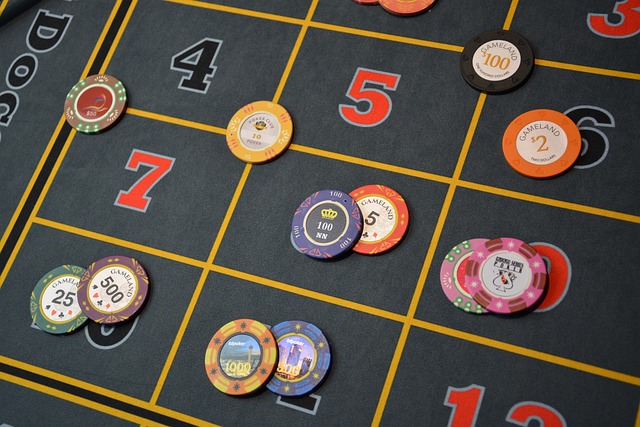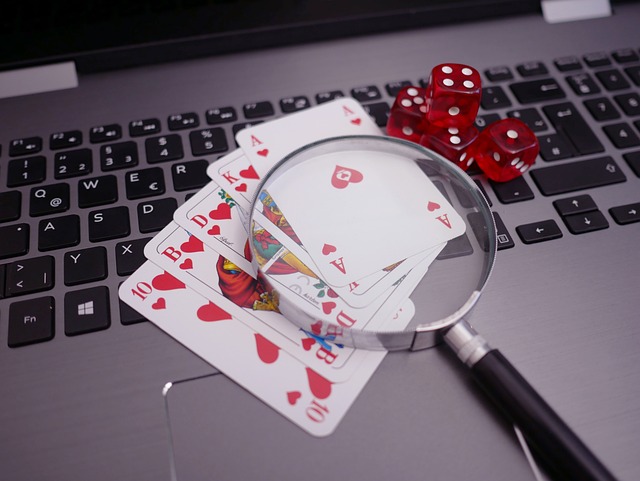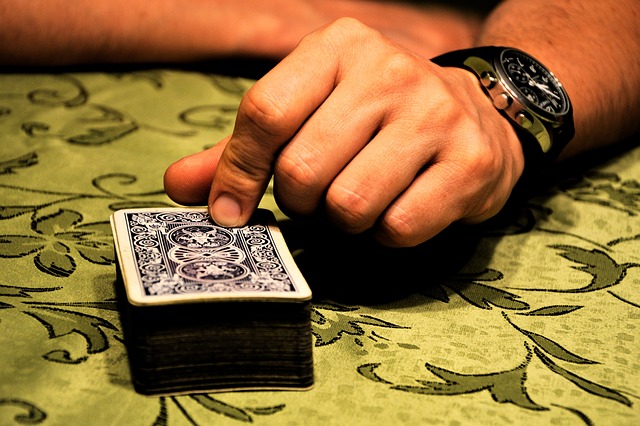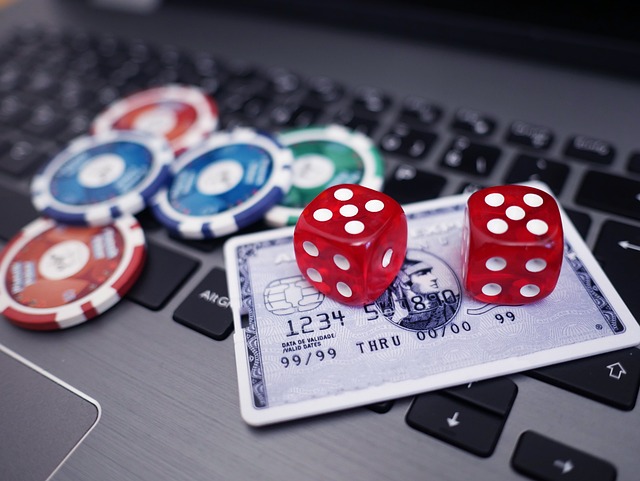
The first cards on the table come out. Someone who has entered the hand unconvinced is in for a big surprise, or sees that they will do well to get out of there. Who took that play with desire, is disappointed, or sees that in effect that will be his game. Do you want to see all the tricks to get the most out of the flop in poker? Follow them in this article!
What is the flop in poker? The flop refers to the phase of a poker game in which the first three cards are dealt. Preflop preceded (where there are only own cards) and before the turn (where the fourth card appears), opens a round of betting, which starts from the position after the dealer, and ends with it.
How to play the flop in poker? The objective of the flop in a poker game is to obtain the maximum number of chips, or failing that, to lose the minimum. Based on this, we will develop our best flop strategies, depending on what interests us. At this point, it will be essential to read hands to see where our rivals are, and to be clear about where we are.
In this sense, it is very important to see what our situation is, as well as how our rivals are and how the pot is. When we face a flop in poker, it is also decisive to know what we want to get out of it and what we aspire to, always having a maximum. A bet will give us information, a ‘check’ will not.
Situations on the flop: How to play them?
With the three community cards revealed, we can find ourselves in five different situations, which we can play in different ways:
We have nothing, but our hand is bad: If we have entered the hand with very low cards for any reason, the best thing we can do is a testing bet, to see how our opponents are breathing, or a blocking bet if there is any table project. If the pot is already big, or we read that our opponents may have something, it’s best to get out of there as soon as possible.
We have nothing, but our hand is good: That game where you come in with your AK, but the poker flop shows 4-6-J ‘offsuited’. The best will be a continuation bet, since in most cases you will be ahead. Of course, it will be important to see when to go out or not, by reading the rival.
We have tied something inferior: If we tie a couple with intermediate numbers, but there is a higher card, the protocol will be similar to the previous point, always with caution if the opponent shows strength.
We bind the highest card: If we go with AK and we get a K being the top card, or we have a pair of QQ and the flop is lower, here we will opt for a value bet except in two cases: if we are in ‘heads -up’ or we see no way to lose that hand, where we will go to the bottom point, or if there are many options for a higher combo, such as ‘suited’, doubled or consecutive cards
Play a monster: If by magic you hit a set, a straight or a high flush on the flop, in general ranges, the ideal will be to show weakness to hook your rivals, even create the illusion that with a bet they can get you out of the game. hand.
Broadly speaking, there will be hands where the flop will allow us to win chips rationally, complicated flops where we will fight with our rivals and flops where doing it well we can win a lot of chips. Of course, there will also be times when you just have to get out quickly. Especially in the second point magic enters, such as advanced strategies such as the ‘check-raise’ to win in the psychological game.
Reading hands on the flop: Key in poker
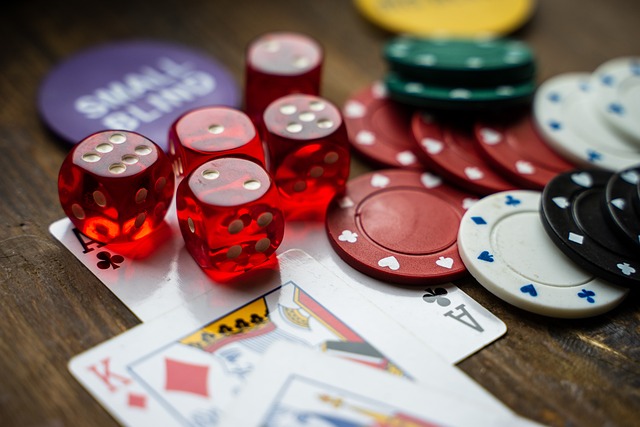
In poker we only have accurate information, which is our play. Approaching two big uncertainties, the plays of our rivals and our future play, will give us and/or save a lot of chips. We can approximate our future options through poker mathematics, such as calculating the available ‘outs’. We will not know what we will have, but we know what the probabilities are of each option.
Regarding the rival plays, there are several elements to be able to analyze what they have in hand, which will allow us to try to gain an advantage:
- Pre-betting: A player who bets hard preflop probably has a good hand, especially if he has developed logical behavior during the game. Here we will apply the different ranges of hands
- The position: A player who has bet heavily in UTG is a much bigger threat than one who does so from the ‘dealer’, for example. Of course, the second will be more unpredictable
- The reaction: How a player reacts to your test bet will give you a lot of information
- Talent: being unpredictable and escaping from the usual game standards, but without falling for plays that go against the player’s interests, is the recipe for success. If your rivals are good, they will try to make your reading difficult, but never by making decisions contrary to their interests.
Post flop play: The importance of context
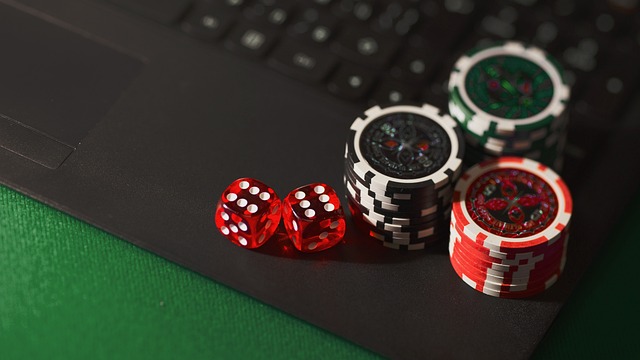
The game on the flop in poker will also depend on the time of your game and your stack. A situation with little ‘stack’ will never be the same as another where we have a large number of chips and room for maneuver. Aggressiveness in the hands we decide to play is non-negotiable, but having more chips will give us much more playability and opportunities to raise chips.
With 10 times the opening blind and being last at the table, we will have to select a very good opportunity to try to double up. A bad test bet will leave us out. Instead, with 50 times the opening blind and doubling up on the second, we’ll have a much better chance to let our chips do the work for us.
The last tip for learning to master the game on the flop of poker is… just play poker! On paper it’s very nice, but a large part of the game will consist of knowing when to go out of the way to throw off your opponents. You will find many types of players, with their different styles, and your theoretical knowledge will help you, but it will not be enough to win.
